#art history archive
Text


"Twelve Human Situations" by George Segal, exhibition at MCA Chicago 1968
#george segal#mca#mca chicago#art history#archive#personal archive#collecting#plaster#plaster art#esoteric#esoteric archive#t.archivist#art history archive#poetic#conceptual art#imaginedform
9 notes
·
View notes
Text
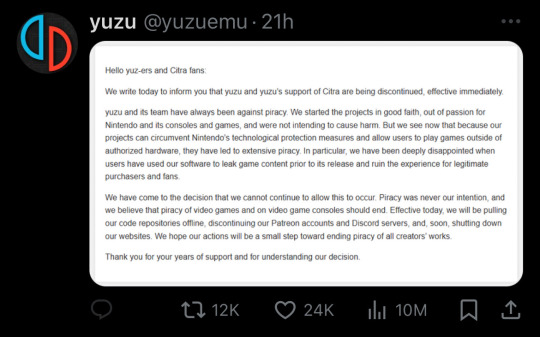
i hope everyone in nintendo’s management department dies and goes to hell no matter what and i’m not kidding
#WERE LOSING YUZU AND CITRA. I DONT KNOW IF YOU ALL UNDERSTAND HOW INSANE THIS IS#game emulation enables piracy yes but it’s also an INCREDIBLY powerful archival tool.#there are plenty of games out there that only exist in their original formats due to emulation.#this lawsuit has HORRIBLE implications for video game history. it makes it incredibly easy for companies to scorched earth their products#if they’re not profitable enough. ART IS GOING TO BE LOST BECAUSE OF THIS. GAMES PEOPLE WORKED INCREDIBLY HARD ON#it won’t just happen to bad games. it won’t just happen to old games. they will use this to keep their remake/virtual console model going#forever and you will never be able to play your favorite games in their true original forms ever again.#i am fucking INSANELY mad rn. capitalism is the death of art fr#personal
11K notes
·
View notes
Text
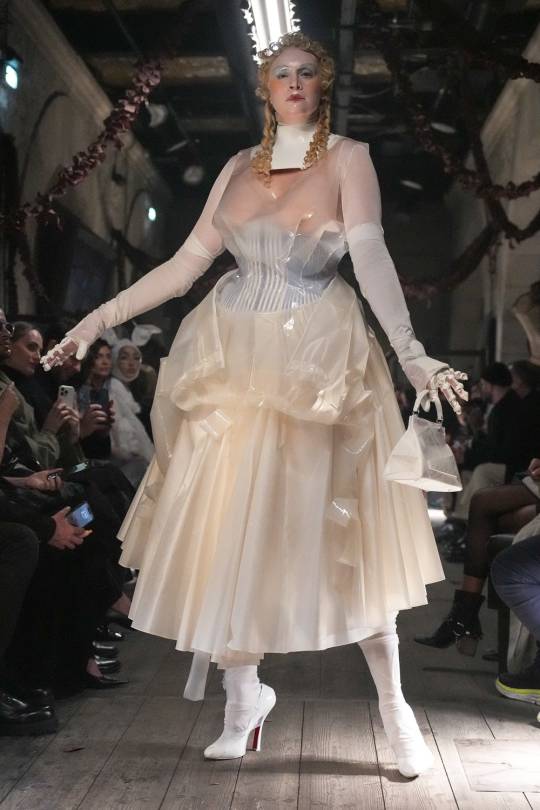
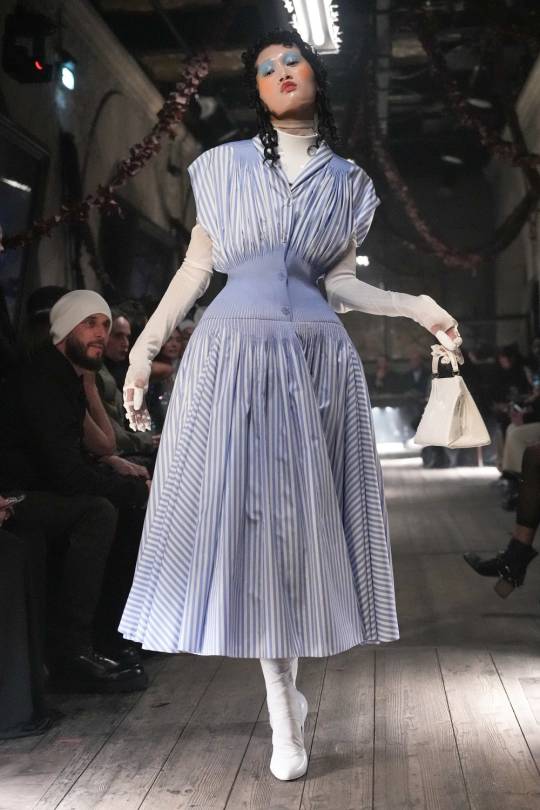
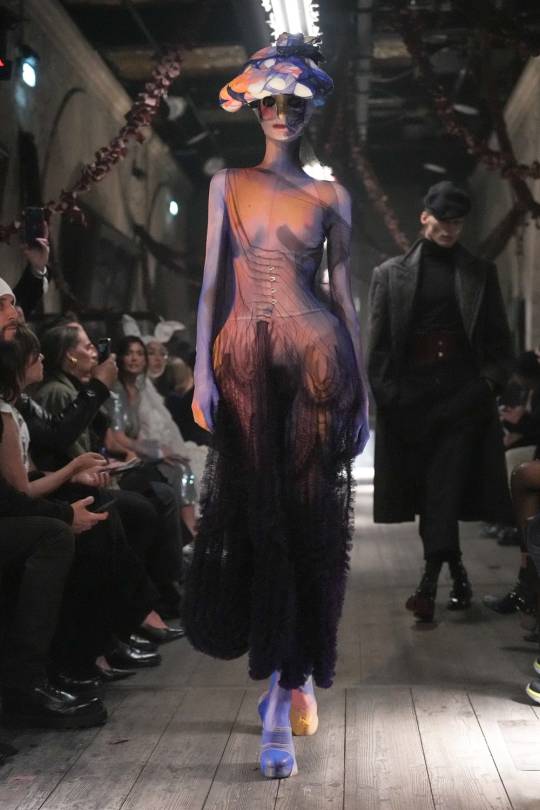
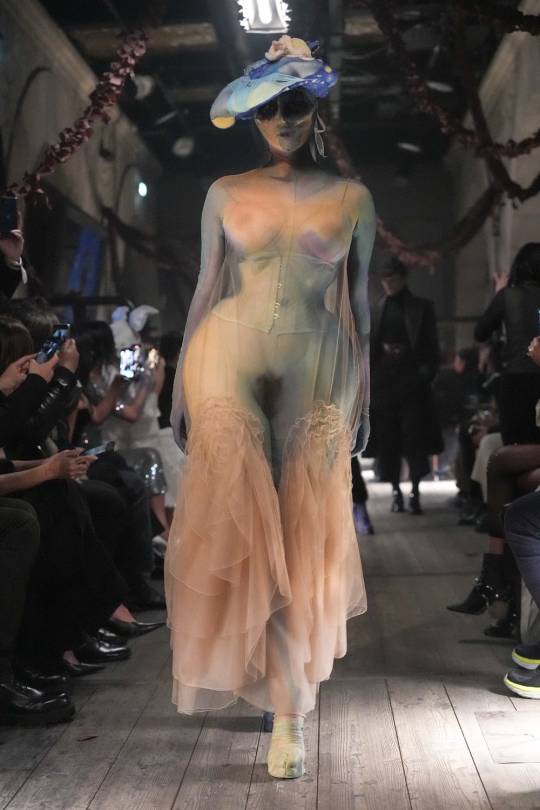


Maison Margiela Artisanal 2024 by John Galliano
— a theatrical fashion show
#maison margiela#john galliano#ss24#haute couture#fashion#theatre#art#history#dramatic#fashion archive
7K notes
·
View notes
Text
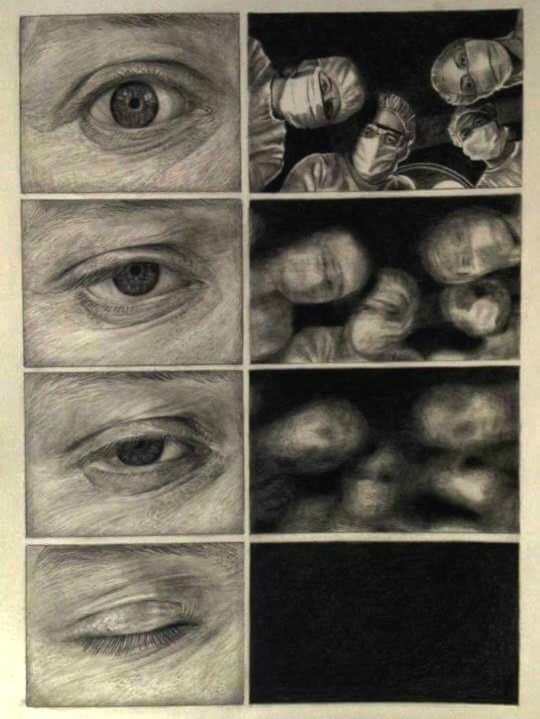
The Surgery (1979)
— by Dimitris Anastasiou
#art#artblr#drawing#illustration#whump#whumpblr#hurt/comfort#medical whump#hospital whump#artist#ao3#archive of our own#angst#blorbo#comfort character#whump community#illustrating#illustrations#illustrator#art history#artists#art community#art blog#art gallery#classical art#classic academia
2K notes
·
View notes
Text
Tailspin Tapestries: The Colorful Faces of WWII Aircraft 🃏
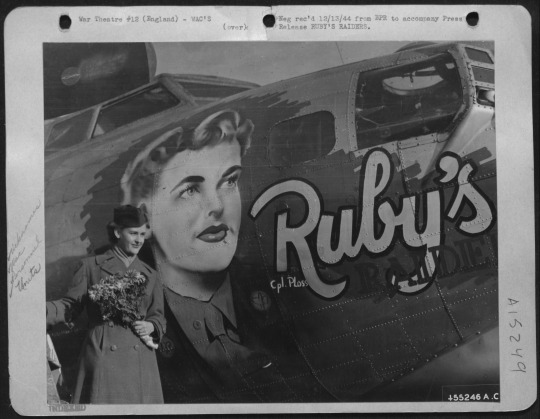


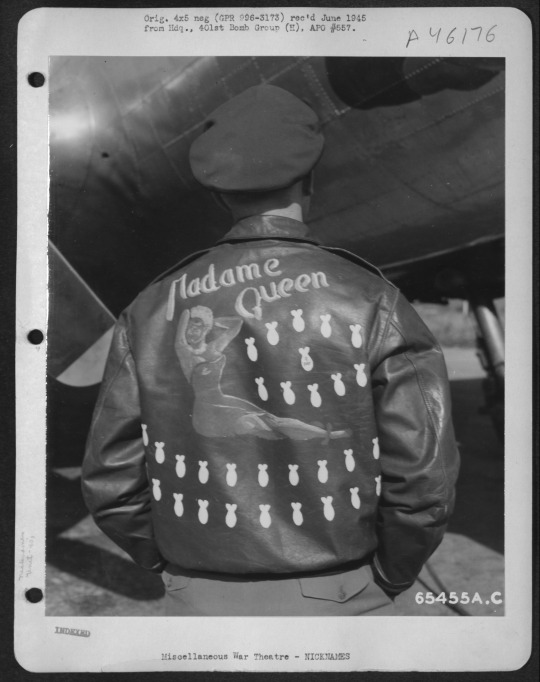
Nose art, the decorative painting or design on the fuselage of military aircraft, has a storied history that peaked during World War II. This vibrant, often cheeky artwork served as a morale booster for the crew, adding a personal touch to the grimness of war and providing a sentimental tie to the home they were fighting to protect. The practice traces its origins to Italian and German pilots in World War I, but it was during World War II that American airmen embraced this form of expression with unparalleled creativity.


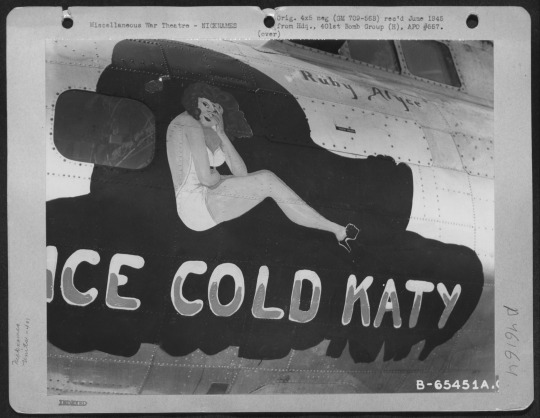

World War II represented the golden age of nose art, with American crews stationed in Europe and the Pacific leading in creativity. Artworks ranged from ferocious animals and cartoon characters to pin-up girls and patriotic symbols, each with a unique name that reflected the aircraft's character, the crew's aspirations, or an inside joke among the squadron. Names like "Memphis Belle," "Enola Gay," and "Sack Time" became as legendary as the aircraft themselves, symbolizing the spirit of the crew and their mission.




Nose art was crucial to boosting morale among crew members, providing a sense of individuality and ownership over their aircraft in an otherwise regimented and dehumanizing environment. This artwork fostered an emotional attachment to their planes, with each piece a vivid manifestation of the crew's bond. It represented a piece of home and personality in foreign skies, a reminder of what they fought for and the camaraderie that sustained them.


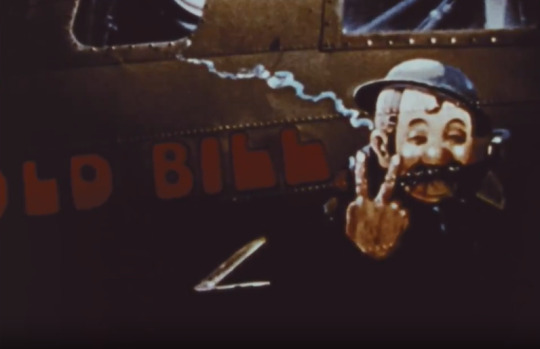
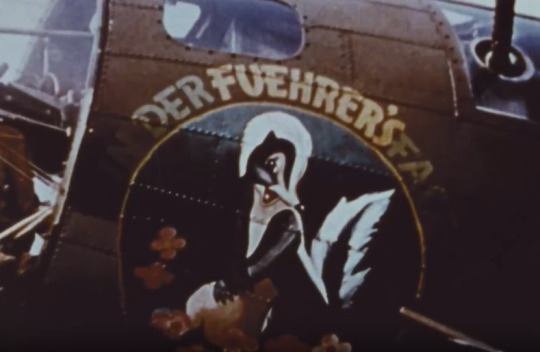

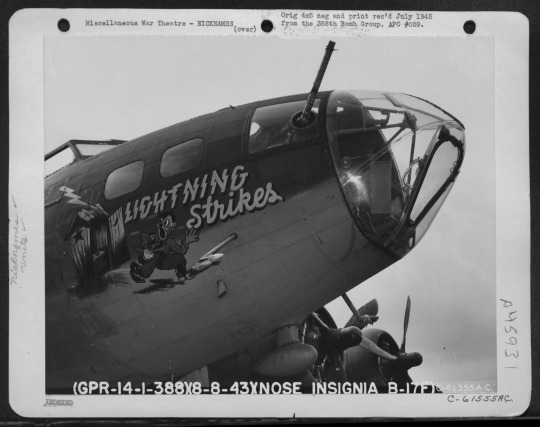

The subject matter of nose art varied widely, reflecting diverse personalities within the crews. Cartoons and comic characters like Donald Duck and Bugs Bunny were favorites for their humor and relatability. Artwork also featured fierce sharks, tigers, and eagles, symbolizing the aircraft and crew's power and aggression.
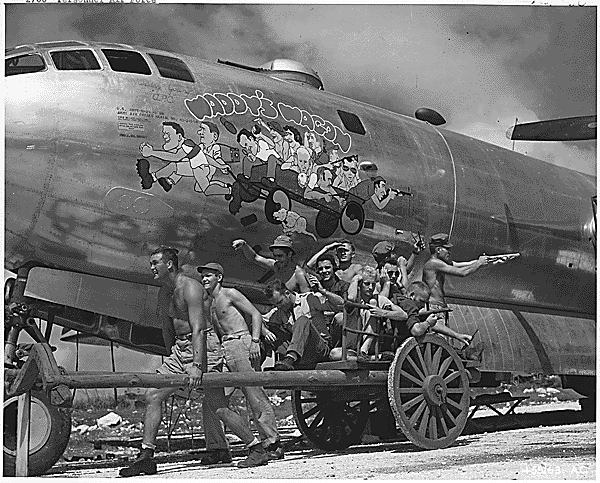

Many nose art pieces were painted by the crew members themselves, though some squads had designated artists. Individuals like Don Allen, who painted nearly 100 pieces of nose art, were celebrated for their contributions. Using whatever materials were at hand, these artists created masterpieces under challenging conditions, showcasing remarkable ingenuity and talent.

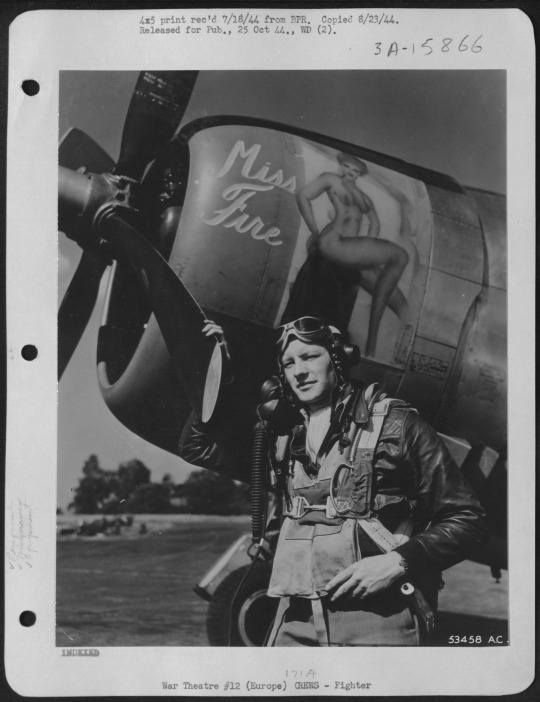
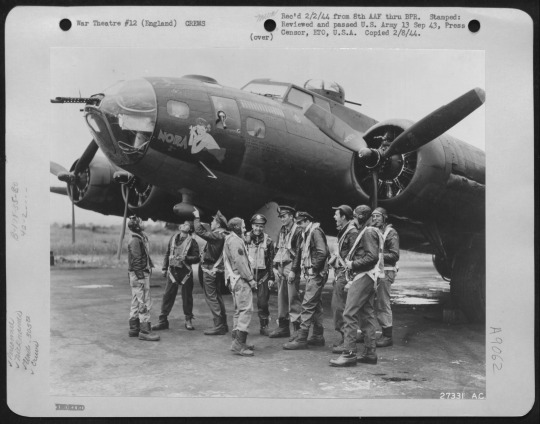
The practice of nose art declined after World War II, largely due to stricter military regulations and the evolving nature of warfare. However, its legacy endures, captivating historians, veterans, and enthusiasts. World War II nose art remains a powerful reminder of the human element amidst war's machinery, a colorful testament to the resilience, creativity, and spirit of those who served.
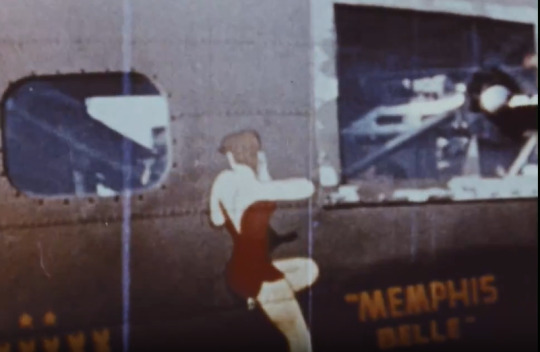




The National Archives holds a treasure trove of photographs featuring this iconic nose art, often discovered in ordinary crew photos where the art itself isn't the primary focus of the image. This creates a fascinating treasure hunt for enthusiasts and researchers alike, offering glimpses into the past where this artwork accompanies stories of bravery, camaraderie, and the personal touches that made these aircraft more than just machines of war.
More resources on the National Archives website and Catalog:
https://nara.getarchive.net/topics/nose+art
https://www.archives.gov/research/military/ww2/photos
508 notes
·
View notes
Text

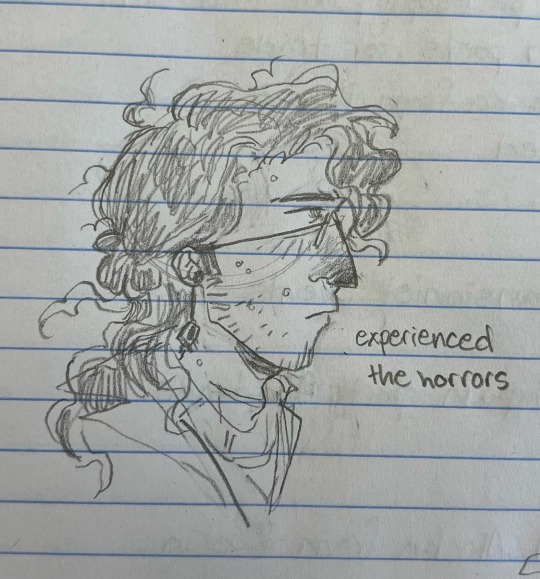
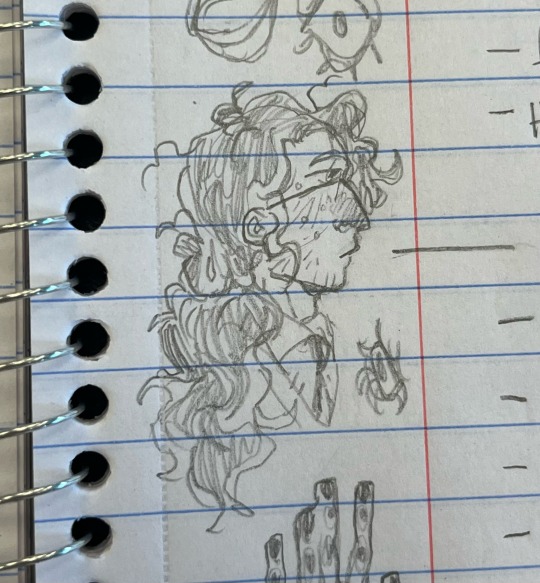

#tma#tma podcast#the magnus archives#jonathan sims#martin blackwood#art#sketch#I drew these during history#I wasn’t paying attention
243 notes
·
View notes
Text
The Little Foxtaur Page (Website, ~1998)
Foxtaurs: a latter-day mythical race. You can visit this site on the Wayback Machine here.
(Tip - some image links in the galleries still work, including some broken image-links on page 4.)




#internet archive#wayback machine#old web#old internet#90s web#90s internet#furry#furries#anthro#furry fandom#furry history#furry art#anthro art#foxtaur#taur#taurs#fox#foxes#1998#1990s#90s
466 notes
·
View notes
Text
Stunning Codex Documenting Aztec Culture Now Fully Digitized
The 16th-century “Florentine Codex” offers a Mexican Indigenous perspective that is often missing from historical accounts of the period.
{read}
#tiktok#article#Florentine Codex#16th century#nahuatl#aztec#hyperallergic#colonialism#colonization#genocide#spain#digital archives#art#art history#language#spanish conquest#indigenous#mexico#history
264 notes
·
View notes
Text
my opinion about the watcher news basically boils down to this:
watcher is screwing over a huge portion of its fanbase with this move considering how many people within it are teenagers who may not have access to streaming services, low-income adults who can't afford yet another streaming service (if any), and international fans who couldn't sign up for a US based streaming service even if they wanted to. it's okay to be angry about this, especially if you're one of those people who now can't support shows you loved or will be unable to see any of those shows going forward because of it.
and
youtube's payout to creators has dwindled in recent years to the point that it is impossible to fund the kind of productions watcher makes purely through it, and in order to sustain a company of 40+ people they need a more stable source of income not reliant on ads from outside companies and patreon, which, in this case, means a pivot to streaming. it's okay to be upset that creators you like have to turn to such methods to continue funding their work, whether you have the means to support them through these avenues or not.
and
if the early reactions to this move are any indication, watcher will probably not get the fan buy-in they anticipated and in all likelihood the new streaming site will either fail within a year or two because it isn't making enough money and take the company with it or they'll be bought out by a larger company and have their shows archived or deleted for tax purposes like what's happened to roosterteeth. it is okay to be scared by that potential future and seek to preserve as much content as you can before that happens.
are all statements that can and should coexist
#watcher#hello all i will post this to vent and then go back to organizing my sideblog's queue like i intended to do today#me gazing tearfully at my substitute + nikola art from two years ago like fuck we didn't know how good we had it huh#i'm glad they've confirmed they're not archiving or deleting their yt channels but enough damage has been done by the confusion#(tho tbh i do not trust them not to go back on this if it it means pushing more traffic to the new site if it starts failing)#and i'm absolutely archiving as much of the puppet history stuff as i can bc it's such a comfort show for me#jfc they really have dropped the ball on this
124 notes
·
View notes
Text

Art Deco Designs for perfume bottles, The DeVilbiss Co. Ltd., 23 June 1924.
The National Archives’ visual collections
#perfume bottles#perfume#bottles#vintage#art deco#art#jazz age#the roaring twenties#art deco design#DeVilbiss#The DeVilbiss Co. Ltd.#De Vilbiss#1920s perfume#1920s bottles#1920s design#design#national archives#design history#perfume history#art deco designs#art deco perfume#art deco bottle
273 notes
·
View notes
Photo

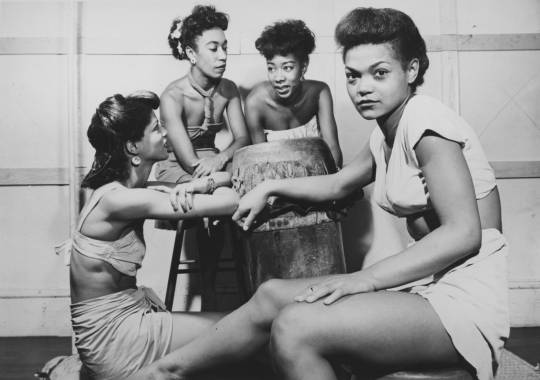
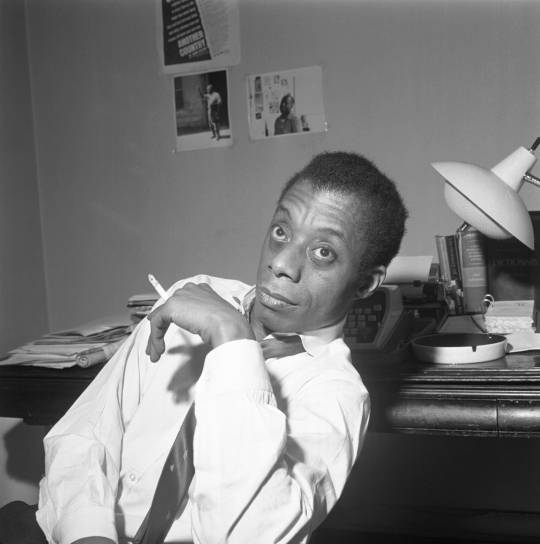
30,000 Photographs of Black History and Culture Are Available From Getty’s Archive
4K notes
·
View notes
Text

Shard roller disco: Scadrial Part 2
Kelsier living his rockstar truth.
Music? Murder On The Dancefloor by Sopie Ellis-Bextor. Obviously.
More Shard Roller Disco AU:
Roshar
Nalthis
Sel and Scadrial
First of the Sun and Taldain
Threnody
Roshar 2 (row spoilers)
Roshar 3 Bonus Dawnshard (spoilers)
#cosmere#stormlight archive#shard roller disco#procreate#mistborn#character art#vin#kelsier#sazed#harmony#spoiler mistborn#spoiler hero of ages#spoiler secret history#spoiler rhythm of war#shard preservation#shard harmony#tensoon#described#id in alt
542 notes
·
View notes
Text


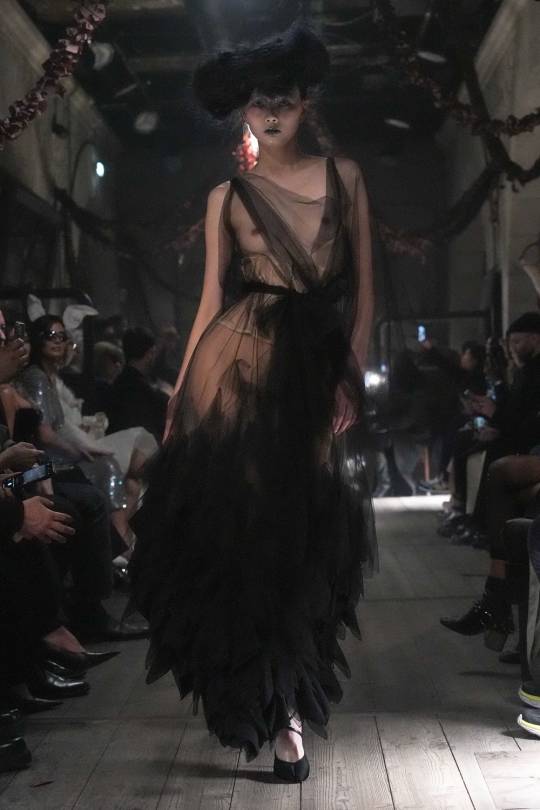
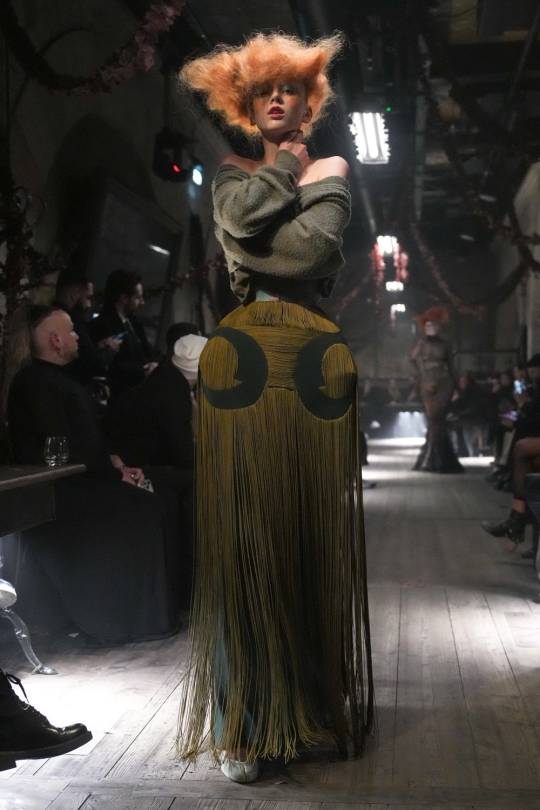
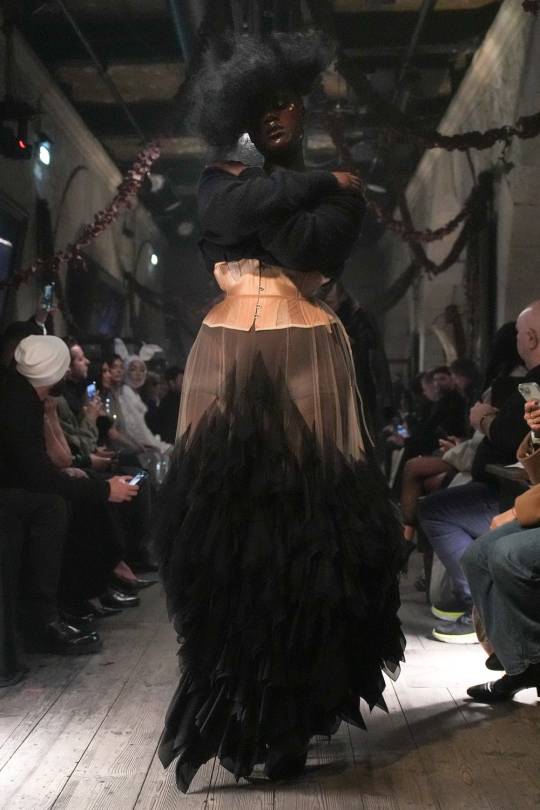
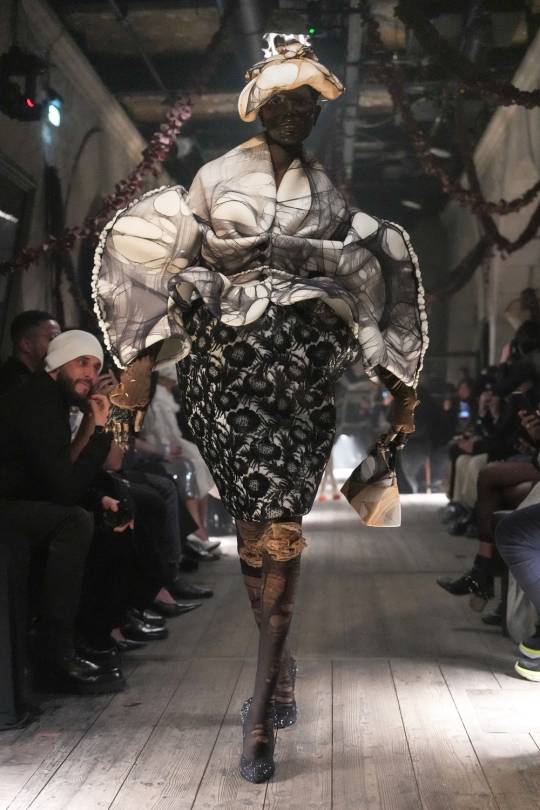

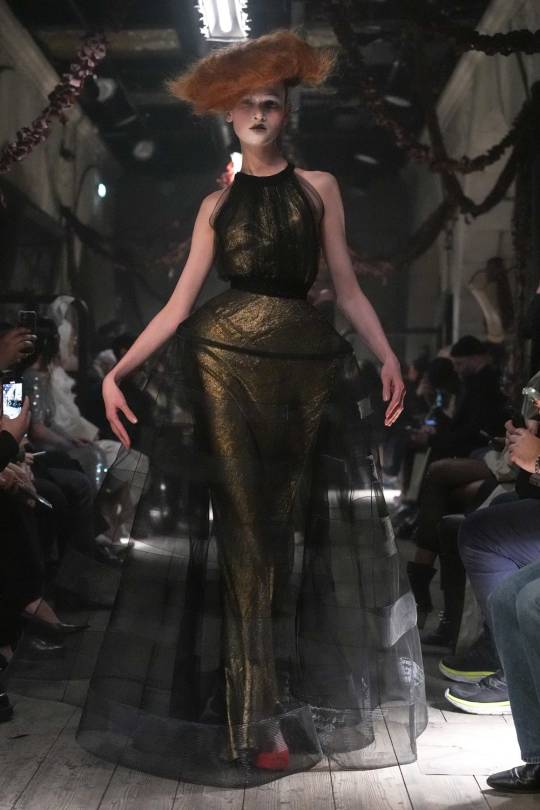
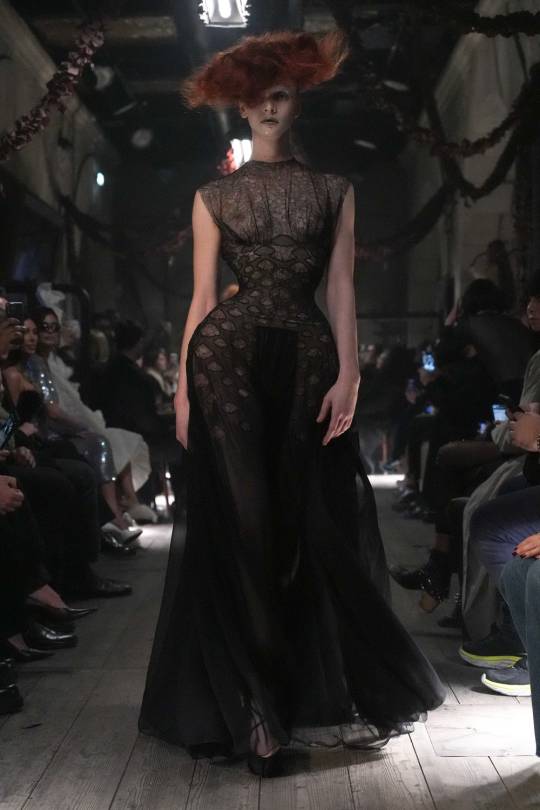
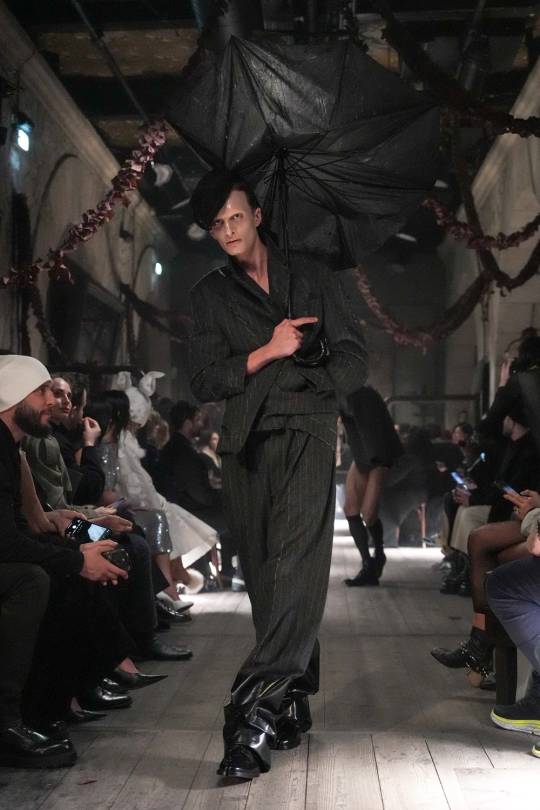
Maison Margiela Artisanal 2024 by John Galliano
— art, history and drama
#maison margiela#john galliano#haute couture#ss24#drama#history#theatre#fashion#art#fashion archive#nostalgia
166 notes
·
View notes
Text
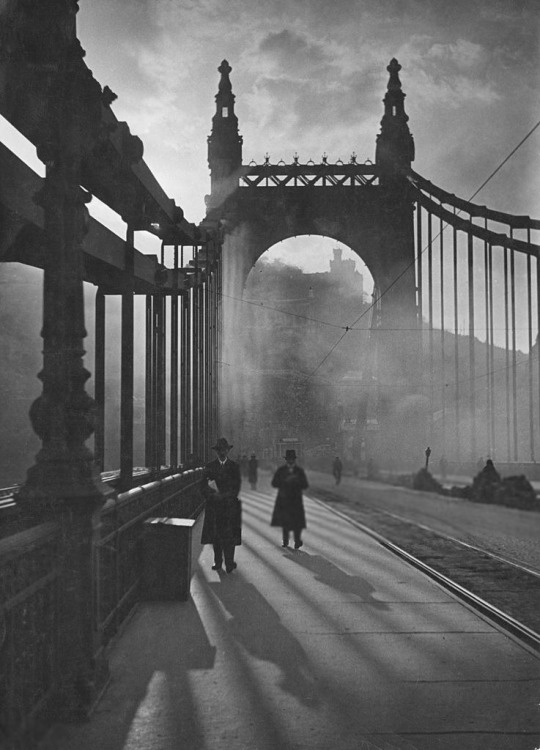
Hulton Archive. The Elizabeth Bridge in Budapest, 1930s.
#hulton archive#vintage#photography#black and white#street photography#art#history#vintage photography#black and white photography#1930s#budapest
987 notes
·
View notes
Text

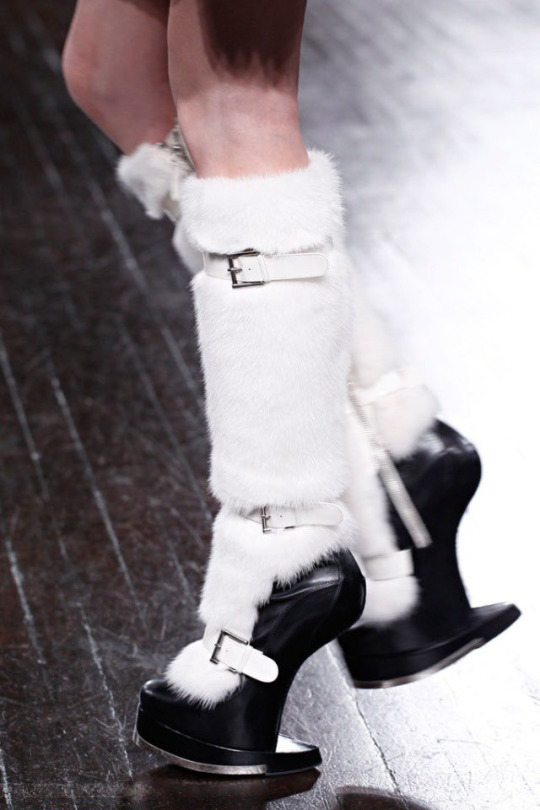
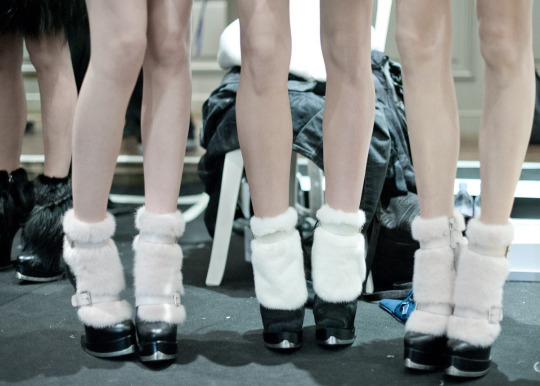
+ alexander mcqueen fall 2012
#dream shoes#fashion#alexander mcqueen#mcqueen#shoes#shoespo#runway#editorial fashion#high fashion#alternative#artwork#designer#art#pale grunge#design#style#fluffy#furry#archival fashion#fashion history#boots#2012#y2k#snowy#fairy
205 notes
·
View notes
Text

Death on a Pale Horse, William Blake, ca. 1800
#art#art history#William Blake#religious art#Christian art#Christianity#Four Horsemen of the Apocalypse#Romanticism#Romantic art#English Romanticism#British art#English art#18th century art#watercolor#William Blake Archive#Fitzwilliam Museum
915 notes
·
View notes